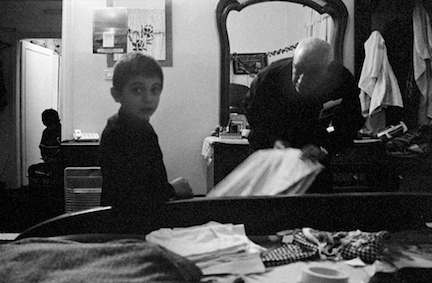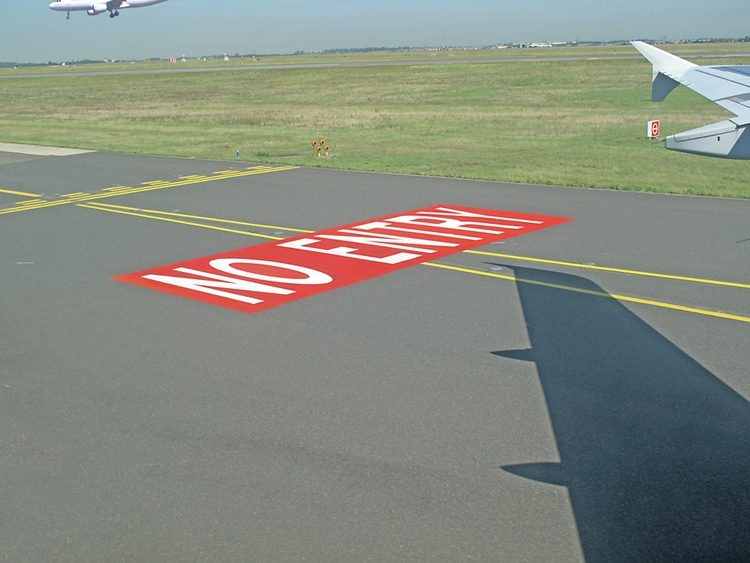The story of migration is ongoing. In the final, 60th panel of The Migration Series, Jacob Lawrence leaves us with the words “And the migrants keep coming.” The Phillips has invited contemporary artists to continue Jacob Lawrence’s work. Check the recently launched Jacob Lawrence website for additional works to be unveiled in this dynamic curated selection, or contribute your own #Panel61.

Ahlam Shibli, untitled (Arab al-Sbaih no. 29), Jordan, 2007. Gelatin silver print, 15 x 22 3/4 in. Courtesy of the artist © Ahlam Shibli
Ahlam Shibli, untitled (Arab al-Sbaih no. 29), Jordan
The series of 47 photographs constituting Arab al-Sbaih were taken in four different places: the Irbid Refugee Camp, Irbid City, the al-Baqa’a Refugee Camp, and Amman. Three generations of Palestinian refugees have been living there since the 1948 war that followed the declaration of the Israeli State and resulted in the Palestinian Nakba. The title of the series references the original name of the village Arab al-Shibli in the Lower Galilee of Palestine (currently Israel). A part of the villagers who fought for their lands in 1948 against the Jews were expelled to Syria and Jordan; the other part took shelter at the Mount Tabor Monastery. After several months of hiding in caves on the land of the monastery, at the end of the war, the families who managed to return to their homes had to change the original name of the village, Arab al-Sbaih, to Arab al-Shibli in order to protect themselves from Israeli revenge. The refugees in Syria and Jordan on the other hand are preserving the memory of their homeland by naming their shops after places in Palestine and reproducing the social structure of their original villages.



